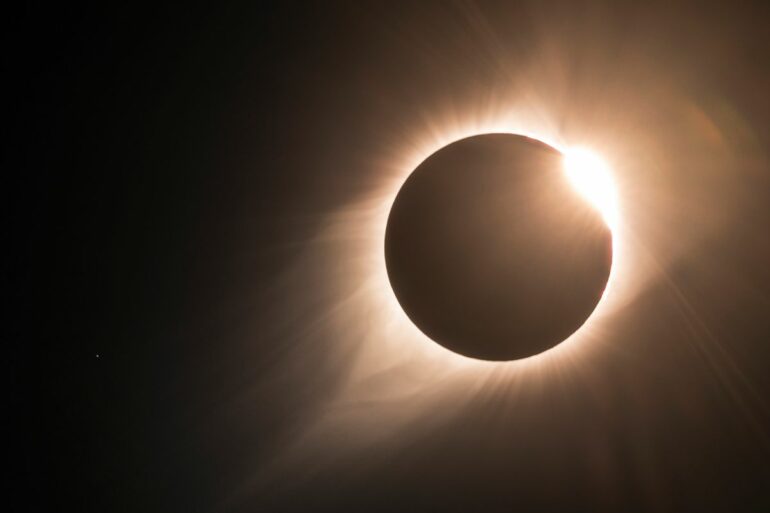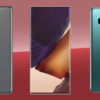As the Moon casts its shadow across the Earth during the upcoming solar eclipse, cameras of all kinds will turn skyward. While professional photographers with specialized equipment will aim to capture the perfect shot, others will reach for their smartphones to immortalize this moment.
While smartphone cameras can’t take a great picture of a solar eclipse itself, you can still create a memorable record of the moment with your smartphone.
Your smartphone camera has capabilities that lots of specialized equipment can’t match. It’s lightweight, has built-in orientation detection and can shoot well in darkness and light. Plus, thanks to its computational photography features, it focuses the image for you and provides image stabilization.
Be careful: Photographing the eclipse with a smartphone might damage the camera’s sensor and your eyes. If you want to look at the Sun or take a photo, wear eclipse glasses and get a lens filter.
Don’t look directly at the Sun while taking photos during the eclipse.
Smartphones and optical cameras both bring unique strengths to photography. Smartphones excel in convenience, connectivity and computational photography. They are a simple choice for casual shooters and social media enthusiasts.
Optical cameras beat smartphones in terms of raw image quality, versatility and creative control. This is thanks to their larger sensors, which capture more light and detail, and their interchangeable lenses. They remain the ultimate tools for serious photographers who prioritize performance over portability.
Despite the advantages of optical cameras, a smartphone’s strengths still make it a great way to capture the eclipse.
What is computational photography?
I teach a yearlong course in computational photography that covers the technical aspects of optics and photography. Students make cameras and lenses and write software that duplicates smartphone features.
Computational photography uses computation together with data like location, time of day, personal preferences and other data to improve images. Most smartphones have these features, but very few cameras do.
Two computational modes you will want to try are HDR and night mode.
HDR and night mode
HDR, or high dynamic range, is a technique that combines multiple exposures of the same scene to capture a wider range of brightness levels, from deep shadows to bright highlights. By merging these exposures, HDR can help you create images with more balanced exposure and greater detail.
You can activate your phone camera’s HDR mode in settings.
Night mode is another feature you can use that will improve the photos you take in low light. Using a computational photography technique called stacking, night mode captures multiple images at varying exposure levels and combines them to create a single, well-lit photo with a wide dynamic range.
This process preserves an image’s…



